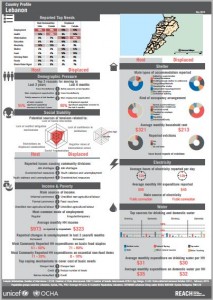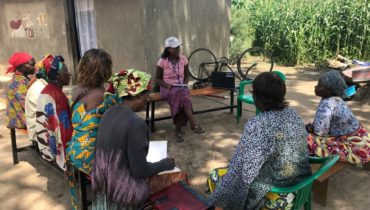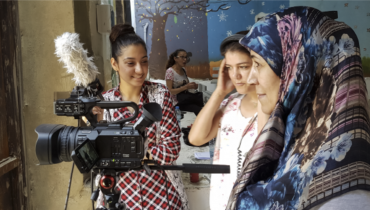Defining community-level vulnerabilities in Lebanon
2 October 2015
Since its outbreak four years ago, the conflict in Syria has generated a massive regional refugee crisis. According to UNHCR, over 4 million Syrians are registered as refugees in neighbouring countries as of September 2015, and Lebanon alone has received over 1 million Syrians in the past four years. These massive numbers have discernably had an immense impact on hosting communities within the country as increasing strains on public services and infrastructure compound existing structural problems in service delivery and increase pressure on limited resources.
In this context, the Lebanon Crisis Response Plan for 2015-2016 outlines a structured approach towards managing the effects of the crisis based on overarching needs of those most vulnerable. In an attempt to inform this approach, REACH, in partnership with the United Nations Office for the Coordination of Humanitarian Affairs (OCHA) and UNICEF launched an assessment of community-level vulnerabilities in 252 communities across Lebanon, including the most vulnerable villages or neighbourhoods situated in the 242 most vulnerable cadastral zones as well as 10 communities falling outside of these zones. The assessment employed a mixed methods qualitative methodology consisting of a secondary data review and three distinct phases of primary data collection. Data was collected between September 2014 and February 2015. Final products include an overall assessment report as well as 207 individual community profiles which detail key indicators related to priority needs, demographic pressure, livelihoods, shelter, WASH and education.
Overall, this assessment found that access to income-generating activities was a priority need for both host and displaced communities across all areas assessed. Additionally, findings also highlighted the differential needs of and challenges faced by host and displaced populations. For instance, higher proportions of host community respondents cited challenges in accessing healthcare facilities and employment opportunities while high proportions of displaced communities pointed to the need for winterisation suggesting inadequate shelter conditions and an inability to secure essential Non-Food Items (NFIs) to cope with colder climates. The differential trends in needs and priorities indicate that while displaced respondents are unable to secure their immediate survival needs, host community respondents face difficulties in accessing more long term needs.
By developing a comprehensive conceptualization of vulnerability at community level, this assessment has highlighted the need to incorporate dimensions of demographic pressure and vulnerable groups into the response strategies so as to improve targeting and enable more equitable outcomes in terms of mitigating community vulnerabilities.
Image: Factsheet detailing assessment findings at a country level.










